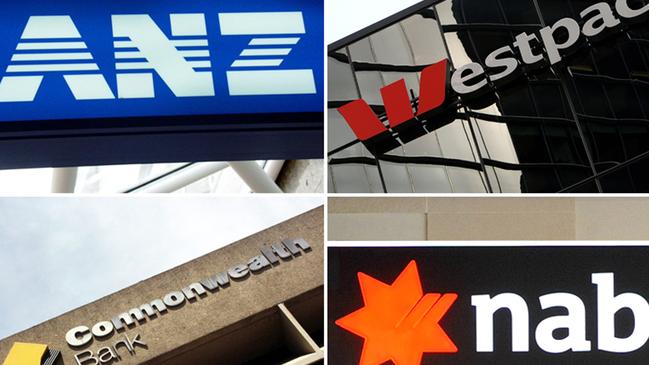Limited access to cash for people in remote Australia: RBA
People in remote Australia had to travel further to get access to cash, and often there were no alternatives nearby, according to the Reserve Bank.

Access to cash in regional and remote parts of Australia is becoming limited, as banks close branches and ATMs that used to dot the country are shuttered.
The Reserve Bank Bulletin for the June quarter said overall access to cash was broadly unchanged since 2017, with about 95 per cent of the population living within five kilometres of a cash access point.
In the bush, however, people had to travel longer distances, and often there were no alternatives nearby.
“This means that access to cash in these areas is more vulnerable to any future removal of cash services,” the RBA said.
“Ongoing declines in cash use and cash withdrawals are putting pressure on the economics of the cash system, which may prompt further rationalisation of ATM and bank branch networks in the future.”
Elsewhere, the Bulletin highlighted a sharp decline in bank fee income in 2020, down 6.7 per cent to $11.4bn, as the effects of Covid-19 reduced spending and financial activity.
The 10 per cent slump in fee income from households to $3.6bn was the biggest fall since the 2010 survey and was mainly due to a dip in income from credit cards, personal loans and deposit accounts.
Lower fee income from businesses, down 5 per cent to $7.9bn, reflected a fall in merchant service fee income from processing card transactions, with fees from business deposit services and other sources also taking a dive.
Given the importance of cash in the payments system, the RBA said it would continue to monitor cash access and use, including demand by households for payments and other services.
The central bank will also consider measures to help improve the efficiency of wholesale cash distribution, undertaking a consultation on banknote distribution arrangements in the second half of this year.
The RBA’s consumer payments survey (CPS) found that cash accounted for 27 per cent of payments in 2019, down from 69 per cent in 2007.
The number of cash withdrawals also fell; for example, the number of ATM withdrawals halved from over 70 million withdrawals per month in the early 2010s to around 35 million in recent months.
Coming on top of the long-run decline, the Covid-19 pandemic resulted in a further downward shift in cash use and withdrawals.
According to the RBA, cash was considered a fee-free payment option for people to use in stores, as card transactions were sometimes surcharged.
In addition, some businesses and consumers relied heavily on cash to make or receive payments.
About 15 per cent of respondents in the 2019 CPS, who were more likely to be older Australians living in regional areas and less likely to have internet access, used cash for 80 per cent or more of their payments.
About a quarter of respondents indicated they would suffer major inconvenience or genuine hardship if cash could no longer be used as a method of payment.
Cash also remained an important payment method as a back-up option during outages in electronic payment systems.
While most Australians lived reasonably close to cash access points, the RBA said about 1 per cent – or 250,000 people – lived more than 15km from their closest cash withdrawal location.
About 25 per cent of Australians in very remote regions had to travel more than 15km to secure cash, with a little over 5 per cent of people in these regions needing to travel more than 100km.
Areas with lower incomes or a higher proportion of indigenous people were more likely to be further away from cash access.
Access points to cash include bank branches, ATMs and Australia Post’s Bank@Post outlets, which offer cash withdrawals and deposits for customers of more than 80 banks.
The RBA said the number of cash access locations had been falling, along with the reduction in cash use and withdrawals.
The total number of active ATMs fell by 20 per cent, or 6500 machines, since its peak in late 2016, with the decline in bank-owned ATMs greater than the shrinkage by independent deployers.
This reflected industry efforts to improve efficiency and the recent decisions by some banks to sell their off-branch ATM fleets to independent operators.
The network of full-service bank branches also declined by around 20 per cent, or 1400 branches, over the decade to mid 2020.
Despite the decline in cash access points, about 90 per cent of 2019 CPS respondents still said that access to cash withdrawal services was convenient or very convenient.
Overall accessibility was little changed in the three years to June 2020.
In 2017, for example, 95 per cent of the population lived 8.9km from a bank ATM, with the distance increasing to 9.3km in 2020.
Access to branches changed more noticeably – the average distance to a branch for 95 per cent of the population increased by 0.8km from 2017.




To join the conversation, please log in. Don't have an account? Register
Join the conversation, you are commenting as Logout